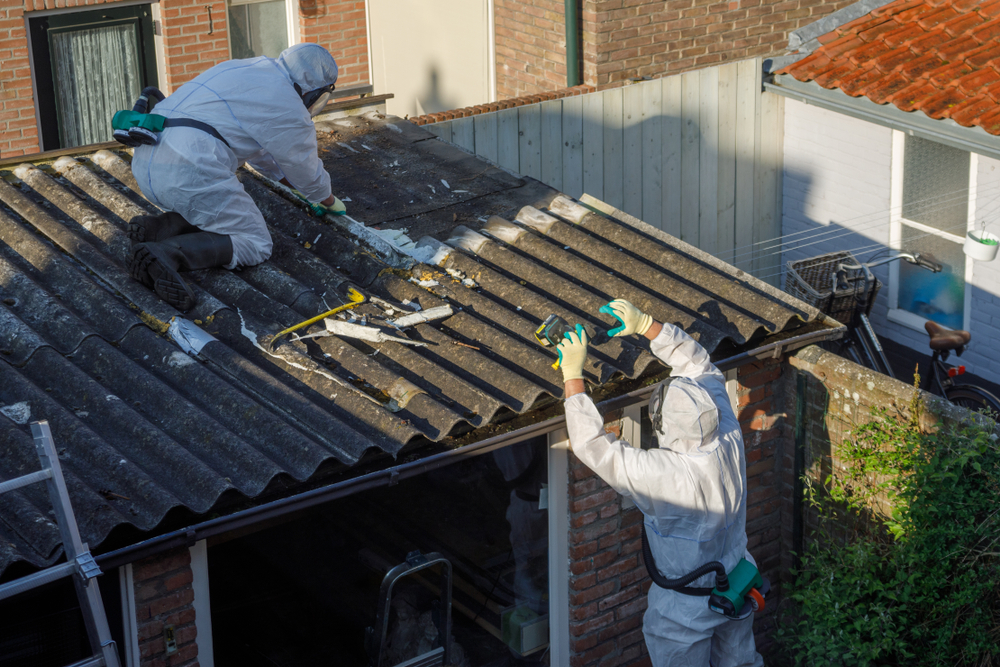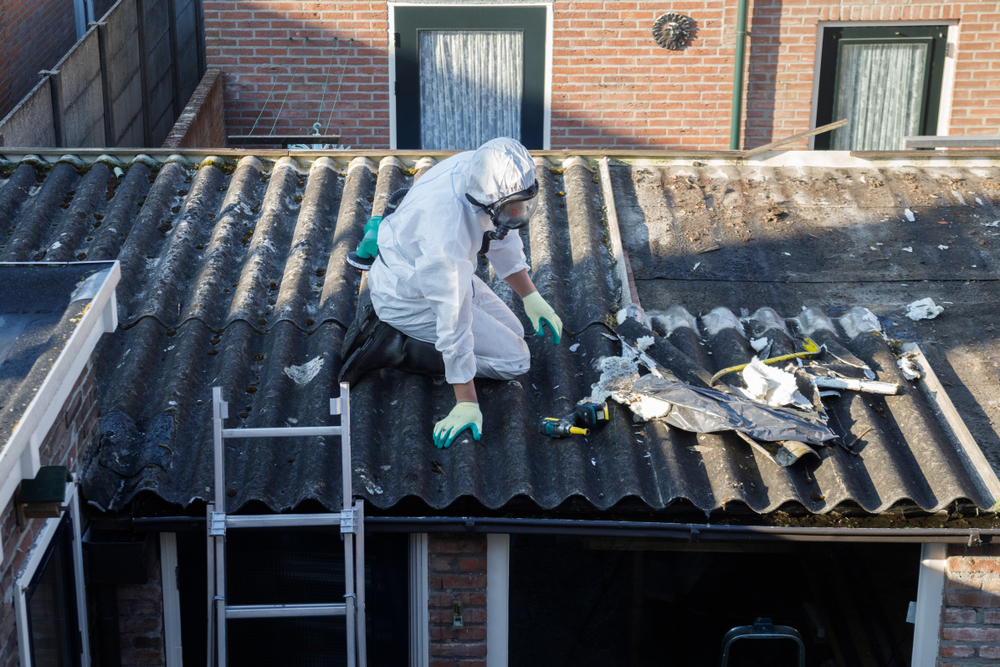Asbestos was an extensively used construction material for the purpose of insulation from the 1930s to 1990s, but during the late 1990s, when its potential health hazards became known, its use was discouraged by responsible governments worldwide and people started removing asbestos roof tiles. However, it is also a fact that many homes still have asbestos materials at various places like roofing, walls, insulation, pipes, and flooring. Until the asbestos material is in good condition, it does not pose any risk to our health, but when it starts breaking or deteriorating, it releases airborne fibers that can be quite harmful to human health.

Removing Asbestos Roof Tiles
Due to the extent of damage that it can cause, it is always a nice idea to remove them especially if they are there in risky areas. Removing asbestos roof tiles is a specialist’s task, as adequate preparation needs to be made for it so that there is no contamination. However, some aspects regarding the process must be known so that selecting a specialist for the job can be done easily.
- The different types of roof tiles – There can be many different types of roof tiles, and it is always safe to consult a trusted asbestos surveyor before removing asbestos roof tiles. However, three types of asbestos roof tiles are used predominantly. They include Chrysolite or white asbestos, Amosite or brown asbestos, and Crocidolite or blue asbestos. Chrysolite is generally white or grey in color, and is used in homes or buildings where it can be identified by its strong and flexible structure. Amosite works well for thermal insulation and is used in buildings, whereas Crocidolite is used in high temperate regions and looks like textile materials.
- Types of removal processes – Three processes are generally followed for removing asbestos roof tiles. Depending on suitability, either of them can be chosen for the purpose. The first option involves encapsulation, in which all asbestos material is encapsulated using protective adhesive so that harmful dust does not get released in the environment. The second option is full asbestos removal by taking the help of qualified professionals. It can be costlier as compared to encapsulation due to the scale of work and the needed resources that go into it.
However, it will also ensure a greater degree of safety, as no hazardous material will be left behind after completion of the work. The final removal option is re-boarding. After removing asbestos roof tiles, an area may need re-boarding, touch-up work, and proper finishing. The entire process may take some time, but an area will be worth living after re-boarding is completed satisfactorily.
- The cost involved in the process – As it has already been mentioned, removing asbestos roof tiles is a specialist work and rates for the same can vary on the type of the options chosen for removal. Also, rates will vary with the area, as asbestos removal at a small place like a water tank can be carried out within AUD 1,800, whereas for larger spaces like a garage, the cost can go as high as AUD 4,500. The typical rates for removing asbestos using Encapsulation technique may cost about AUD 14 per square meter, while for option 2, it can be around AUD 90 per square meter, and re-boarding can be done at AUD 725. Looking at the feasibility of an area and its suitability, either of them can be selected for asbestos roof tiles removal.

Removing Asbestos Roof Tiles
Removing these tiles by oneself as a DIY project can be fraught with danger, as asbestos fibers can be hazardous and pose health challenges tremendously. Getting non-qualified cheap workers will also not be a good move. It is important to understand the risks involved in the process and take the help of qualified surveyors so that the extent of threat can be identified, and then a qualified asbestos removal company is hired for the process.
